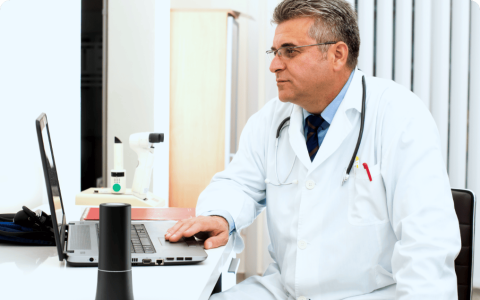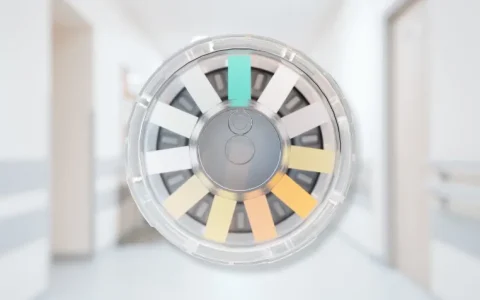Case study
Health Economics
Summary Swansea University

An independent evaluation by Swansea University (May 2024) confirms that Clinical Design Technologies’ Automated Urine Testing System (UTS™) provides clear and significant economic and operational advantages over traditional dipstick testing.
Despite higher consumable costs, UTS™ It delivers a 20.5% productivity increase, a Benefit-Cost Ratio of 2.17, and a Return on Investment (ROI) of 117%, with a payback period of less than one year.
By eliminating manual data entry, reducing test errors, and minimising waste, UTS™ not only lowers operational costs but also enhances patient safety and workflow efficiency. Its adoption unlocks long-term financial savings, improves compliance with quality standards, and strengthens clinical outcomes, offering a compelling case for healthcare organisations seeking to modernise and optimise diagnostic services.
If you would like to learn more about this study please get in touch.
More research & case studies

Introduction to Urinalysis
Urinalysis is a vital, non-invasive diagnostic tool that supports early detection, disease monitoring, and preventive care across all levels of healthcare, making it essential in modern medical practice.

Dont be a Dipstick! Why Urinalysis no longer needs a Dipstick
Urinalysis is one of the most common diagnostic tests in global healthcare. Yet despite its clinical importance, it still largely relies on outdated dipstick technology, an approach that introduces significant limitations, regardless of whether results are interpreted manually or using a digital reader.

The History of Urinalysis. From ancient practices to modern diagnostics
Urinalysis, the examination of urine to gain insights into health, is one of the oldest diagnostic practices in medicine. This simple yet powerful test has evolved over thousands of years, from the ancient world’s early observations to today’s sophisticated laboratory techniques. This section explores the fascinating journey of urinalysis and discovers how it has shaped healthcare as we know it.